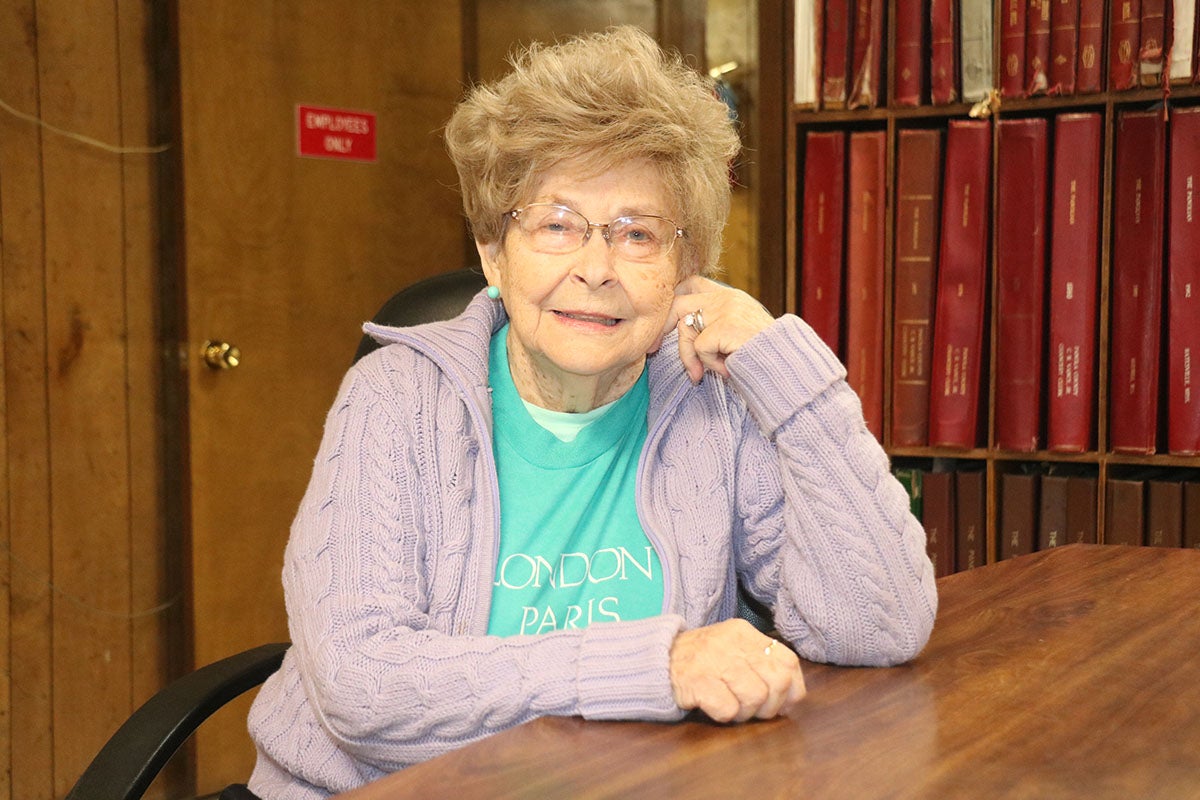Charlie Mitchell Syndicated columnist 8/19/2014
Published 12:00 am Tuesday, August 19, 2014

OXFORD — A problem with public outrage when citizens — especially young citizens — are shot and killed by police is that no two situations are alike. Or at least not exactly alike.
As the saying goes, any is too many. But there are differences. And they are important.
The St. Louis, Mo., suburb of Ferguson has been wracked by protests, riots and looting since the death of 18-year-old Michael Brown during a confrontation with officers on the evening of Aug. 10.
Two mornings later in Mississippi, a Madison County deputy and a Canton police officer confronted 52-year-old Torrez Harris in a self-service laundry. Harris was shot and killed. No protest.
The reason for the calm in Canton is that while Brown and Harris were both African-American, that’s pretty much where the facts about their deaths end.
In the Missouri homicide, what happened is still not clear. Information has come out in drips and drabs. Did Brown struggle with officers over a weapon? Or was the teen backing away, hands raised in surrender when he was shot? Did eyewitnesses see things differently? Yes. They always do.
The situation in Canton was much more clear. Harris had apparently shot his stepdaughter, 29-year-old Melissa Primer, who later died, before fleeing down Peace Street. Sheriff Randy Tucker said the officers found Harris, still armed, and asked him to surrender, but that Harris responded adamantly that he was not going to jail.
“Officers tried to reason with the gentleman and get him to put his weapons down,” Tucker told a reporter. “He did not comply with those orders. He in turn raised his firearm at the officers, and unfortunately, the officers had to discharge their weapons and the suspect is deceased at this time.”
Just how many Americans are “deceased at this time” due to law enforcement actions is not clear. The U.S. Department of Justice, parent agency of the FBI, keeps all kinds of statistics on all sorts of police work, but the data on police shootings is obscure. It’s kind of like sifting through a hoarder’s house looking for anything useful.
Some, no doubt, see DOJ “coding” of police-involved homicide reports as intentional obfuscation — a cover-up, circling of the wagons, blue wall of silence kind of thing. A better view, however, is that what happens in the two minutes to two seconds before police kill somebody varies so much that compiling neat and clean lists is nigh unto impossible.
We can talk about trends.
For instance, an important fact is that there is not an increase — “alarming” or otherwise — in police shootings. The number killed across America has fluctuated between 300 and 400 per year for several years.
More detailed information is available on officers killed. For 2012, the number is 48 as a result of felonious acts — plus another 47 in accidents, mostly vehicular accidents. (The South is over-represented in both categories — 49 of the total of 95 killed in the line of duty died in Dixie.)
We can talk about venues, surrounding circumstances.
Ferguson is an almost 100 percent black residential area where the police force is almost all white. Like it or not, that spells tinderbox.
In Canton, Harris’ death fit the mold of “suicide by cop.” Officers might truly try to de-escalate, but people in a manic frame of mind sometimes don’t hesitate to take officers with them to the graveyard. Unlike in Missouri, the Mississippi officers were identified immediately. Indeed, the biggest factor in Ferguson may be official hesitance to say what happened, which allows people to speculate.
Race?
A common question is that given the horrid rate of black on black crime, why are reactions so different when a shooter is white, as in Ferguson, and the deceased is black? The one-word answer is “history.” When black people hurt black people or white people hurt white people and often when black people hurt white people, it’s at one level. But when a black person suffers at the hands of a white person it’s at the societal level, mainly because African-Americans have been promised for so long that our national history of mistreatment by is over.
Are there opportunists in Ferguson? Sure. But authorities in Ferguson invite judgment by failing to be forthright. They’re as blameworthy as a media horde who offer conclusions based on a preconceived script.
People don’t have to jump into groupthink. Every situation is tragic; every one is at least a little different. There should be sympathy for everyone involved.
(Charlie Mitchell is a Mississippi journalist. Write to him at cmitchell43@yahoo.com.)






